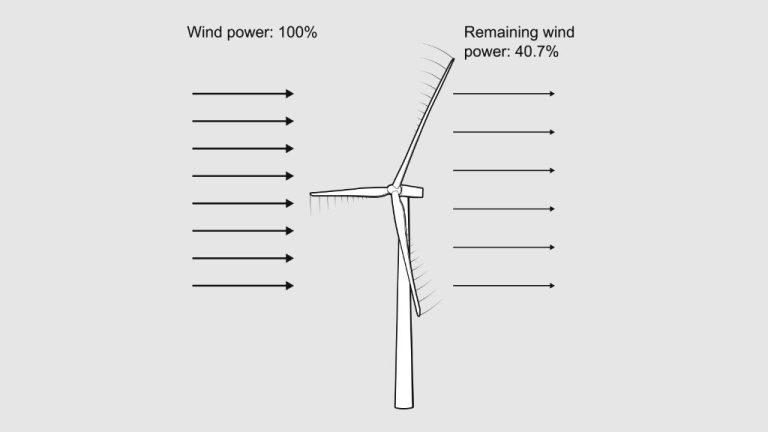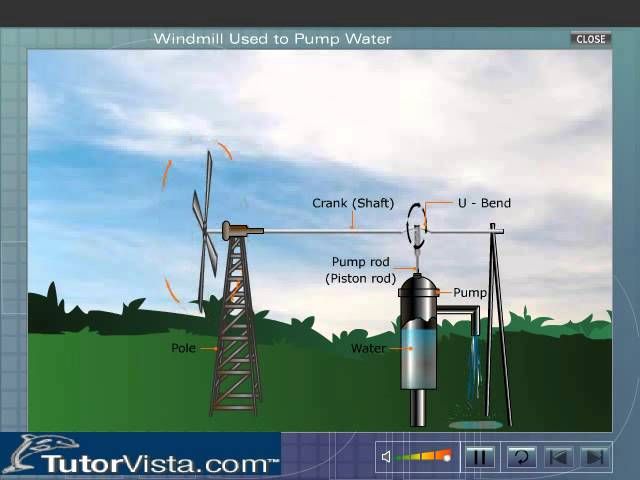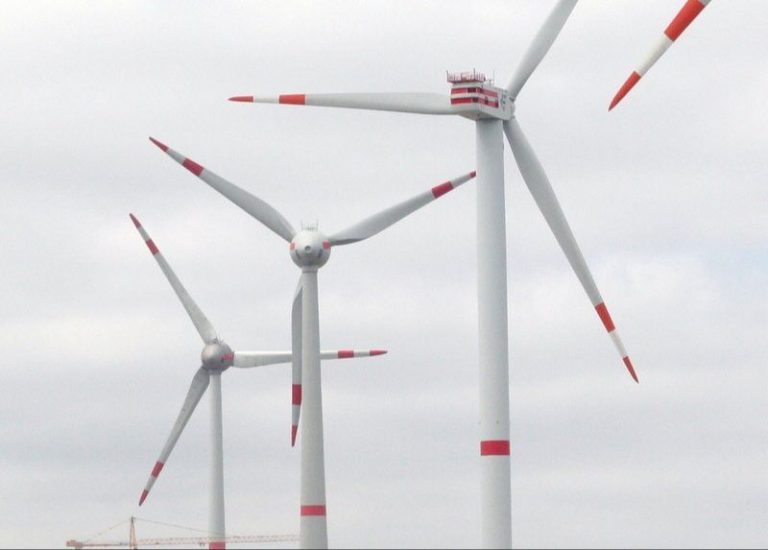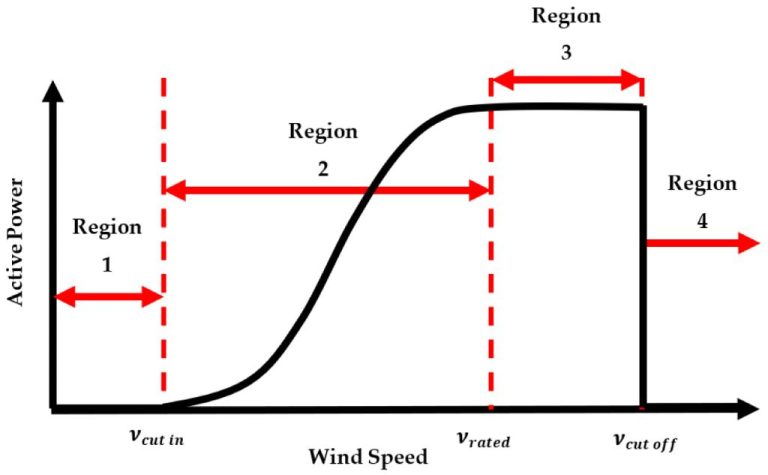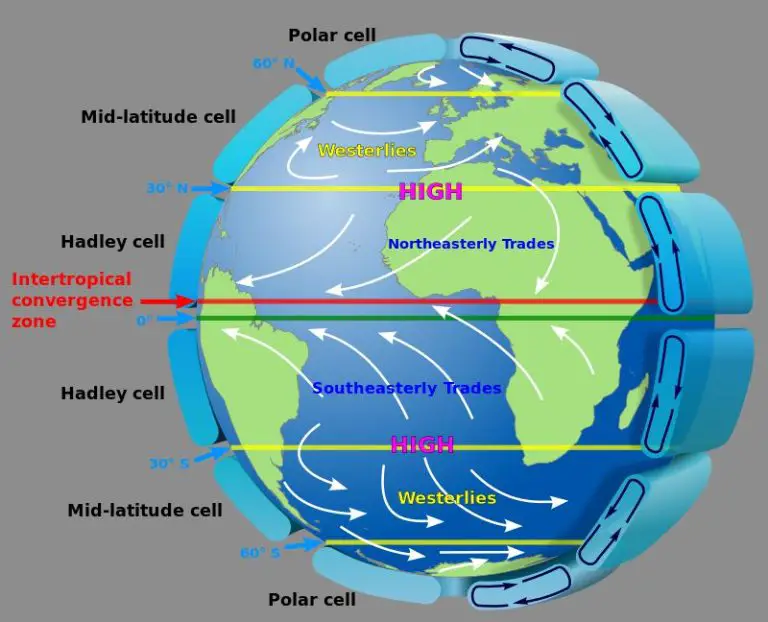Does Wind Energy Cause Water Pollution?
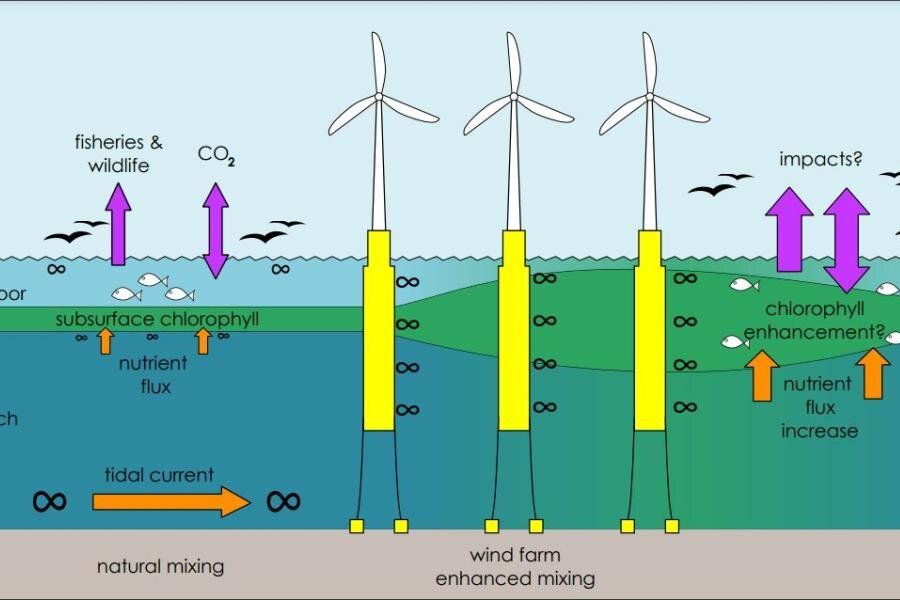
Wind energy is a renewable energy source that harnesses the wind to generate electricity using wind turbines. Wind turbines convert the kinetic energy of the wind into mechanical power through rotating blades connected to a rotor and generator. As wind blows over the blades, they spin the rotor, which turns an electrical generator to produce electricity (Source).
Wind energy is considered a clean and sustainable energy source, as it does not produce air pollution or greenhouse gases. However, there are concerns about potential environmental impacts of wind turbines, including possible effects on water quality. This article examines the question of whether wind energy development and operation can lead to water pollution.
Sources of Water Pollution from Wind Turbines
There are a few potential sources of water pollution that can arise from wind turbines and wind farms:
The construction of wind farms requires building access roads, large concrete foundations, electrical connections, and other associated infrastructure. This infrastructure can disrupt natural water flows and increase erosion and sedimentation in nearby water bodies. Chemicals and fuels used in construction may also contaminate water if spillage occurs [1].
During operation and maintenance, wind turbines use lubricating fluids and other chemicals that could leak or spill, potentially contaminating ground or surface water. Proper handling and disposal of these substances is important to prevent water pollution [2].
Overall, while modern wind turbines themselves do not generate emissions, the ancillary infrastructure and activities around wind farms can be sources of water pollution if not properly managed.
Turbine Effects on Water Quality
The foundations, anchoring systems, and scouring effects of wind turbines can impact water quality by increasing sedimentation and erosion in surrounding waters. The turbine foundations are typically large concrete structures that are installed into the seafloor or lakebed. This disruption of the seabed or lakebed sediments can increase turbidity and sediment loads in the water (https://tethys.pnnl.gov/receptor/water-quality). The anchoring systems and cables connecting the turbines to the shore can also disturb sediments as they are laid along the seafloor. Scouring effects around the base of the turbine foundation can further contribute to erosion and sediment suspension.
The noise, vibrations, and electromagnetic fields generated by offshore wind turbines may also impact water quality and aquatic life. Studies have found behavioral changes in marine organisms like fish, marine mammals, and invertebrates when exposed to electromagnetic fields and noise from wind turbines (https://tethys.pnnl.gov/receptor/water-quality). However, most experts believe offshore wind farms have only minor effects on water quality if sited properly and with proper mitigation measures. The overall impacts are small compared to other sources of water pollution.
Offshore Wind Farms
Offshore wind farms can potentially impact marine environments and organisms during construction, operation, and by their placement. Turbines are often placed in shallow coastal waters, which are important habitats and breeding grounds for many marine species. Disturbance of seabed sediments during construction can increase turbidity, release contaminants, and disturb benthic organisms (Daewel, 2022). The underwater noise, vibrations, and electromagnetic fields from turbines during operation may affect behaviors and migrations of marine mammals, fish, and invertebrates (Bailey et al., 2014).
The physical presence of turbines and any scour protection can also alter local water flow, salinity, and temperature regimes. Modeling studies predict small changes, but field measurements are still limited. Overall ecological impacts will depend on the sensitivity of organisms and habitats in a particular area. With proper siting and planning, offshore wind farms can likely be developed to minimize harm to marine ecosystems.
Stormwater Runoff
The construction of access roads, turbine foundations, substations, and other infrastructure required for wind farms leads to increased impervious surfaces that can contribute to stormwater runoff if not properly managed (https://www.glc.org/wp-content/uploads/2016/10/GLWC-BPToolkit-BP12.pdf). Stormwater runoff from wind farms may contain sediments, metals, and other pollutants that can impact water quality in nearby streams, rivers, and lakes.
Proper stormwater management is critical for mitigating the potential impacts of wind farm development. Strategies may include minimizing land disturbance, using pervious pavements, installing detention ponds, implementing erosion and sediment control plans, and revegetating areas after construction (https://energy5.com/evaluating-the-impact-of-wind-turbines-on-residential-well-water-quality). Adhering to stormwater regulations and permitting requirements is also important. Wind farm operators may be required to obtain stormwater permits and implement stormwater pollution prevention plans with appropriate best management practices.
Regulations and Mitigation
The construction and operation of wind farms, both onshore and offshore, are regulated by a number of policies and regulations related to managing environmental impacts including water pollution. Spill prevention, stormwater management, and erosion control are commonly required as part of permitting for wind farms.
For example, construction of an offshore wind farm requires approval under the Clean Water Act Section 404 which regulates the discharge of dredged or fill material into navigable waters. This requires wind farm developers to obtain permits and implement mitigation measures to minimize impacts on water quality from construction activities like seabed preparation and cable laying.
Onshore wind farms are also subject to regulations like the Clean Water Act’s National Pollutant Discharge Elimination System (NPDES) which requires construction sites over 1 acre to obtain a stormwater discharge permit. These permits mandate the use of best management practices (BMPs) for erosion control and managing stormwater runoff.
Regulatory agencies like the U.S. Environmental Protection Agency provide oversight and issue project-specific requirements for wind farms to prevent water pollution through spill prevention and response plans, stormwater pollution prevention plans, and other control measures.
Comparisons to Other Energy Sources
When it comes to water pollution, wind energy has some advantages over fossil fuel sources like coal, oil and natural gas. The process of extracting and transporting fossil fuels can contaminate ground and surface water through spills and leaks. Fossil fuel power plants also require large volumes of water for cooling and steam generation, and can discharge heated water back into rivers and lakes. One study found coal power to be the most water intensive energy source, consuming approximately 0.5 m3 per MWh generated, compared to 0.4 m3 for nuclear, 0.25 m3 for wind, and 0.1 m3 for solar photovoltaics [1].
Compared to other renewables like solar PV and hydropower, wind has relatively minimal water needs during operation. While utility-scale solar uses little water once constructed, the manufacturing of photovoltaic panels is more water intensive than wind turbine components. Hydropower is heavily dependent on water resources, as operation requires continual water flow through dams and turbines. Overall, wind energy has a relatively low water consumption footprint compared to many other energy sources.
Case Studies
There are several real-world examples that examine the effects of wind farms on local water quality over time. According to an environmental assessment by Scottish Power Renewables, the East Anglia ONE offshore wind farm showed no significant impacts on water quality during construction or operation (Scottish Power Renewables). Monitoring at the Lynn and Inner Dowsing offshore wind farms in the UK also found minimal effects on water quality from increased turbidity during construction (UK Government).
In Denmark, researchers analyzed data over a 16 year period looking at effects on water quality from land-based wind turbines. The results showed no overall impacts, but noted slightly increased concentrations of zinc and phosphate near some turbine foundations, which did not exceed regulatory thresholds (SETIS Magazine).
At the Block Island Wind Farm off Rhode Island, monitoring found the turbidity levels during construction were within normal variability. Testing at different distances showed no elevation of metals, hydrocarbons or other pollutants that could be attributed to the wind farm (BOEM).
Conclusion
In summary, the research shows that wind energy can potentially cause some forms of water pollution, but the effects are relatively minor compared to other energy sources. The main risks come from improper management of stormwater runoff, leakage of lubricants, and habitat disturbance from offshore turbines. However, with proper siting, maintenance, and mitigation strategies, these risks can be minimized.
Mitigation strategies include implementing erosion controls, using biodegradable lubricants, monitoring aquatic life near turbines, and utilizing the best practices for offshore foundation design and placement. Proper permitting and oversight during the planning and operational stages is also critical. As the wind industry matures, best practices will continue to evolve. The future outlook is good, since wind energy produces very little air or water pollution compared to fossil fuels when managed responsibly.
Overall, the research indicates wind power has a relatively small environmental footprint. With thoughtful siting and responsible maintenance, wind energy can continue to expand as a clean, renewable energy source that produces minimal water pollution.
References
Greenberg, David F. “Wind, Water, and Sun: A Review of Renewable Energy’s Environmental Impacts.” The Energy Collective, 28 June 2017, https://www.energycentral.com/c/ec/wind-water-and-sun-review-renewable-energys-environmental-impacts. Accessed 27 Jan 2023.
Smith, Adam M., et al. “Impacts of Offshore Wind Farms on Marine Benthic Communities and Species.” University of Oxford Wildlife Conservation Research Unit, Nov. 2017, https://www.edf.org/sites/default/files/OXFORD_WindImpacts2017.pdf. Accessed 27 Jan 2023.
Union of Concerned Scientists. “Environmental Impacts of Wind Power.” 5 Mar. 2013, https://www.ucsusa.org/resources/environmental-impacts-wind-power. Accessed 27 Jan 2023.
United States, Congress, Energy Information Administration. “Wind Explained: Wind Energy and the Environment.” EIA, https://www.eia.gov/energyexplained/wind/wind-energy-and-the-environment.php. Accessed 27 Jan 2023.

